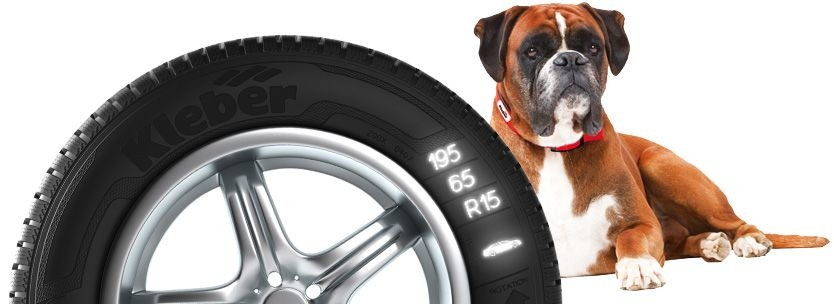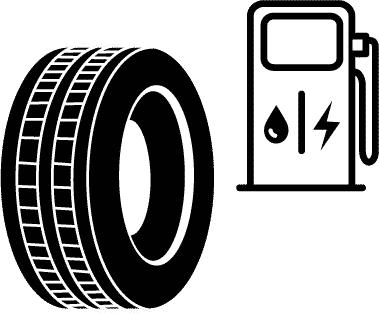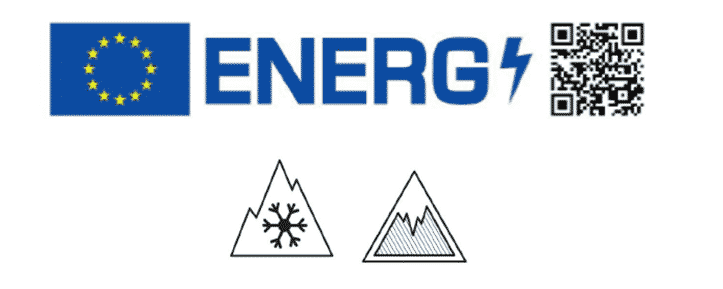The left-hand side of the label relates to the tyre's effect in terms of fuel consumption and carbon dioxide (CO2) emissions. 20% of a vehicle's fuel consumption depends directly on the rolling resistance of its tyres. The lower this resistance, the lower the consumption, and the lower the CO2 emissions.
This rolling resistance value, measured on a simulator, determines the grade of tyre, from A to E: a customer will make savings using A-graded tyres with low rolling resistance instead of E-graded tyres.
Thanks to their A tyres, their fuel consumption will be reduced by about 0.5 l/100 km, i.e. about 80 l of fuel per year on the basis of 15,000 km covered in a year. Benefit to the wallet: over €120 for a petrol vehicle (at a fuel price of €1.55 / l.)
Also, driving on A tyres instead of E tyres reduces the impact on the environment: the decrease in fuel consumption leads to a drop in CO2 emissions of 12 g per km, 180 metric tons per year!




